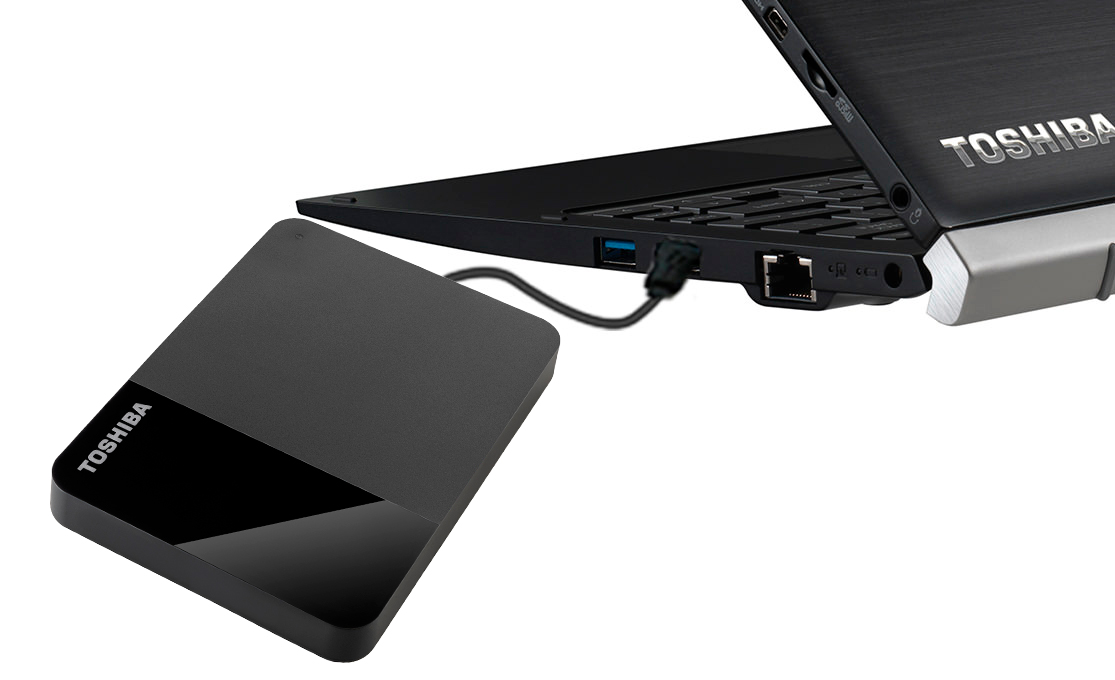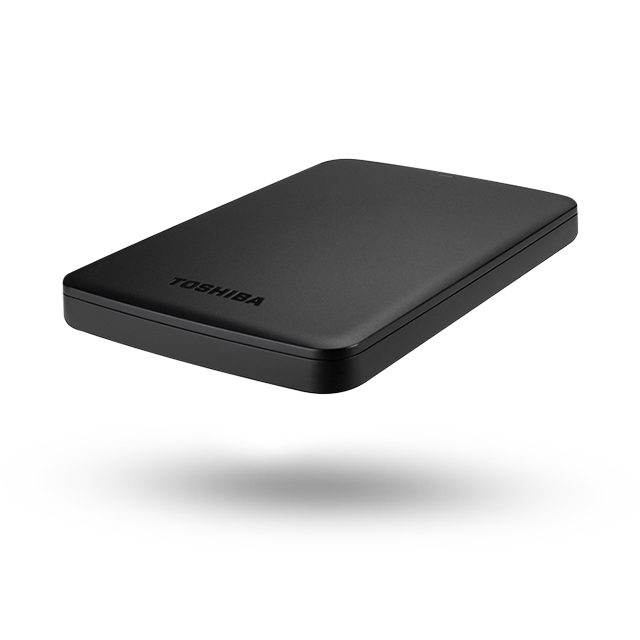
- #How to format toshiba external hard drive for mac full
- #How to format toshiba external hard drive for mac mac
- #How to format toshiba external hard drive for mac windows
NTFS is also a good choice for external drives because it is compatible with various devices.
#How to format toshiba external hard drive for mac windows
NTFS: If you want to format the main drive (including the operating system), you must use NTFS (NT File System), which is the default Windows file system. When formatting the hard drive, you will be prompted to select the desired file system. The file system is the rule that controls how the operating system stores and reads files. Now that you understand the difference between erasing and erasing and between internal and external drives, it’s time to choose the file system. The external hard drive is located outside the computer and can take the form of a flash drive (also called a thumb drive or USB), or it can take the form of a larger case, which can contain a solid-state drive (SSD) or a hard drive (hard disk). This happens when the disk is partitioned (respectively) between the main drive and other internal drives. You may also have other internal drives to store more files on your computer. The main hard drive or C (C:) drive is the internal hard drive where the operating system (OS) is located.
#How to format toshiba external hard drive for mac mac
Reformatting: Some people use the term “reformatting”-the same word as “reformatting”! So far, for Windows and Mac computers, you should also know some other knowledge about the formatting process. This will ensure that you will not end up corrupting the file.
#How to format toshiba external hard drive for mac full
The full format will also scan your disk to find and delete any bad sectors. The drive-in question can be a hard drive or a removable drive, such as a USB drive. Generally speaking, a quick format will only delete the data on the drive, while a regular format will erase everything (erase the drive). If you want to use (or sell) the device again, you may want to use the previous method.įormat: Depending on your operating system, some options may be available. You can use data destruction software-or just smash a hammer as with erasing. Wipe: Wipe refers to erasing all content on a specific storage device or hard drive.

The closer the files are deleted, the more likely you will recover them.Įrase: Erase or delete a file will permanently delete the file. Before overwriting, you can still use data recovery service to recover files. This means that when your device needs to save new data, it can (and will use) the space occupied by deleted files. If you empty the recycle bin or trash can, the file can be overwritten with new data. When in this folder, you can easily recover files. But people often use other terms interchangeably, such as delete and format, when they are quite different in reality.ĭeletion: Deleting data will actually move it to an invisible folder, such as the Recycle Bin on Windows or the Recycle Bin on Mac. First of all, hard disk and hard disk have the same meaning.

Examples of data stored on a computer’s hard drive include the operating system, installed software, and user configuration files.īefore you start, you should understand some terminology. They are powered by the connection to the computer’s PSU (Power Supply Unit). The internal hard disk is located in the drive bay and connected to the motherboard using an ATA, SCSI, or SATA cable. Use the magnetic head to write data into the board, and when the magnetic head rotates, the magnetic head will move quickly above it. Include one or more panels in an airtight package.

It is usually installed inside the computer and then directly inserted into the disk controller on the computer motherboard. A hard disk drive (sometimes abbreviated as HDD, HDD, or HDD) is a non-volatile data storage device.


 0 kommentar(er)
0 kommentar(er)
